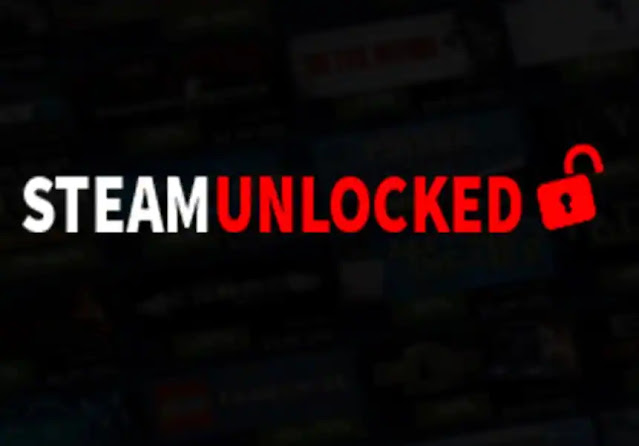R.B.I. Baseball 21 Free Download 2023
R.B.I. Baseball 21
Introduction
Namco developed and launched Pro Yakyū: Family Stadium (known as Pro Baseball: Family Stadium) for the Family Computer (Famicom) on December 10, 1986. This marked the inception of their Family Stadium series. The creation of Pro Baseball: Family Stadium was attributed to Namco programmer Yoshihiro Kishimoto, who had previous experience working on games like Baraduke (1985).
In 1987, Atari Games introduced an arcade machine named Atari R.B.I. Baseball, based on Family Stadium, for the Nintendo VS. System. Subsequently, Atari programmer Peter Lipson adapted Family Stadium into an American version called R.B.I. Baseball for the NES. This localized version was published by Atari Games subsidiary Tengen. These adaptations continued until 1995, with most releases being on Sega systems.
In 2014, the digital arm of MLB, Major League Baseball Advanced Media, revived the Family Stadium name for a new series of MLB games. These games embraced arcade-style gameplay influenced by the original series and were released annually on multiple platforms. This series aimed to provide a contrast to MLB The Show, a more simulation-focused game published by Sony. However, the series was discontinued in 2022 due to the release of MLB The Show 22 on the Nintendo Switch.
RBI Baseball became the first console game of its kind to feature the official licensing of the Major League Baseball Players Association (MLBPA), incorporating actual MLB player names—an innovation not seen in other baseball video games of the late 1980s. While the game lacked the license from Major League Baseball (MLB) itself, it featured eight teams identified solely by their locations: Boston, California, Detroit, Houston, Minnesota, New York, St. Louis, and San Francisco. These corresponded to the division-leading teams from the 1986 and 1987 MLB seasons. The game also showcased two All-Star teams: the American League and the National League, featuring both established veterans and rising stars.
Final Disclaimer and Instructions
Each player in the game possessed distinct abilities, encompassing hitting prowess, power hitting capability, and base running speed. Pitchers exhibited varying pitching speeds, ball-steering control during flight, and stamina. Notable pitchers like Nolan Ryan and Roger Clemens were known for their fast pitches, while others like Fernando Valenzuela showcased exceptional pitch movement. The game's best pitcher was open to debate based on player usage, and fielding abilities were not linked to individual players.
Player abilities didn't always align with the statistics displayed on-screen during gameplay. The game presented a basic box score showing team statistics, occasionally crediting hit batters with walks and attributing hits to errors. Notably, the mercy rule was incorporated, ending the game if a team led by ten or more runs after any completed inning.
Conclusion
R.B.I. Baseball's accuracy in player attributes was not consistent, with instances like George Brett being portrayed as a right-handed batter despite batting left-handed in real life. The Vs. RBI Baseball edition featured teams composed of legends from different franchises, using their best statistical seasons for representation. One standout was Mark McGwire, projected to hit 62 home runs, and in 1998, he broke the MLB record with 70 home runs in a season.
Starting from the second game in the original R.B.I. Baseball series, all (then 26, later 28) MLB teams were featured, albeit without the full MLB license. Instead, teams were identified by their cities, while real player names were retained due to the MLBPA license. Some playoff teams from recent years were included starting with the third game, along with their corresponding rosters from those qualifying years.





Comments
Post a Comment